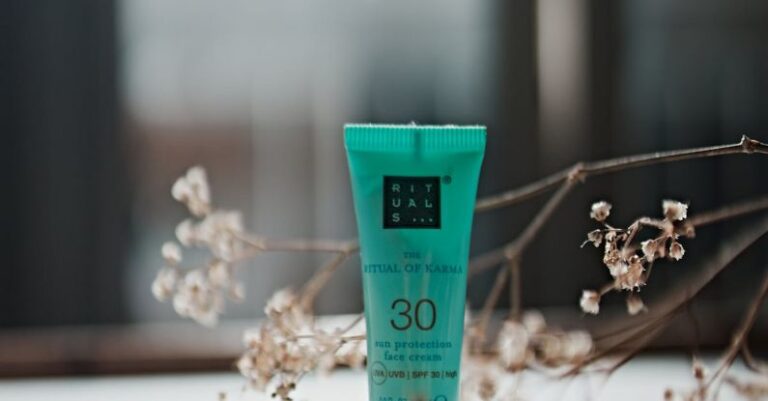
When it comes to protecting our skin from the harmful effects of the sun, sunscreen is a non-negotiable part of our skincare routine. With so many options available on the market, one common question that often arises is whether high SPF sunscreens are truly better for our skin. Let’s delve into this topic to understand the significance of high SPF sunscreens and whether they provide superior protection compared to lower SPF options.
Understanding SPF
Before we delve into the debate of high SPF versus low SPF sunscreens, it’s crucial to understand what SPF actually means. SPF stands for Sun Protection Factor and indicates the level of protection a sunscreen offers against UVB rays, which are the primary cause of sunburn and skin cancer. The number associated with SPF refers to how long it would take for UVB rays to redden the skin when using the sunscreen compared to not using any sunscreen at all.
Higher SPF, Greater Protection?
One common misconception is that a higher SPF automatically equates to better protection. While it’s true that a higher SPF provides more protection against UVB rays, the difference between various SPF levels may not be as significant as one might think. For example, SPF 30 blocks about 97% of UVB rays, while SPF 50 blocks around 98%. The increase in protection from SPF 30 to SPF 50 is minimal, and the difference becomes even less pronounced as you go higher in SPF levels.
Benefits of High SPF Sunscreens
Despite the marginal differences in protection levels, high SPF sunscreens do offer some benefits that may make them preferable for certain individuals. One advantage is that high SPF sunscreens may provide a longer window of protection, especially if you are prone to sweating or swimming. Additionally, for individuals with fair skin or a history of skin cancer, the extra protection provided by a high SPF sunscreen can offer added peace of mind.
Another benefit of high SPF sunscreens is that they may be more forgiving in terms of application. Given that most people do not apply sunscreen as generously as recommended, opting for a higher SPF can help compensate for under-application. However, it’s important to note that regardless of the SPF level, proper and adequate application of sunscreen is key to ensuring effective protection.
Considerations When Choosing Sunscreen
When selecting a sunscreen, it’s essential to consider factors beyond just the SPF level. Look for a broad-spectrum sunscreen that protects against both UVA and UVB rays, as both types of radiation can contribute to skin damage and aging. Additionally, consider the formulation of the sunscreen to ensure it suits your skin type and preferences. Some high SPF sunscreens may feel heavier or greasier on the skin, which can be a deterrent for daily use.
Practical Tips for Sun Protection
Regardless of whether you opt for a high SPF or lower SPF sunscreen, there are several practical tips to enhance your sun protection:
– Reapply sunscreen every two hours, or more frequently if you are sweating or swimming.
– Seek shade during peak sun hours, typically between 10 a.m. and 4 p.m.
– Wear protective clothing, such as hats and sunglasses, in addition to sunscreen.
– Perform regular skin checks and consult a dermatologist for any concerning moles or changes in your skin.
In conclusion, while high SPF sunscreens do offer added benefits in terms of extended protection and potential user error, the most crucial factor in sun protection remains consistent and thorough application. Ultimately, the best sunscreen is one that you will use regularly and correctly, regardless of whether it’s a high SPF or lower SPF option. Choose a sunscreen that suits your skin type and preferences, and prioritize sun protection as an essential part of your skincare routine.





